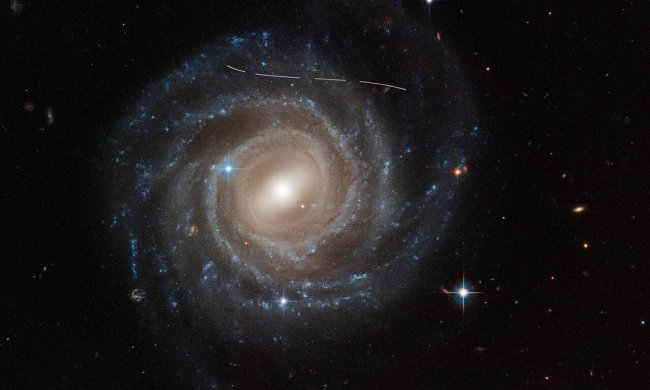NASA is getting ready to bring an asteroid back to Earth. But not quite on the scale you might expect if you’re picturing a spacecraft hauling a giant space rock. Next Tuesday, the OSIRIS-REx (origins, spectral interpretation, resource identification, security, regolith explorer) robotic spacecraft will take a sample of an asteroid called 101955 Bennu, and then bring it home — or, at least, upward of 60 grams of it.
“OSIRIS-REx [will touch] the surface with a long, three-meter arm with the collection head on the end of it,” Jason Dworkin, the OSIRIS-REx project scientist from NASA’s Goddard Space Flight Center, told Digital Trends. “This long arm allows us to image and weigh the sample to estimate how successful the collection was. OSIRIS-REx uses a ring-shaped jet of nitrogen gas to loosen and move a large amount of sample from the top few centimeters of the surface, and capture it inside the collector with a design to collect at least 60 grams and as much as 2,000 grams of rocks and dust.”
This is a different approach to the one that took place a year ago in which Japan’s Hayabusa2 spacecraft collected two samples from near-Earth asteroid Ryugu. In that approach, a metal bullet was fired into the surface of an asteroid at close range, resulting in a plume of dust which was collected. However, the quantity that can be collected in that instance is much smaller, Dworkin said, noting that it could be anything from “milligrams to, perhaps, a gram.”
By comparison, he said, the sample planned for OSIRIS-REx to collect from Bennu is far from miniscule. “Sixty grams is an enormous amount for the techniques to be used, [although] more sample is always better,” Dworkin continued. “The Stardust mission rewrote some of Solar System history by studying [just] a few milligrams of dust from comet Wild 2.”
The OSIRIS-REx is long in the making. The spacecraft launched in 2016 and arrived at Bennu more than two years later in December 2018. Once the sample is collected (if pickup is not successful the first time around, there is enough nitrogen for two more attempts) it will arrive back on our planet on September 24, 2023. Studying the sample’s organic compounds could help reveal information about the origin of life on Earth.


